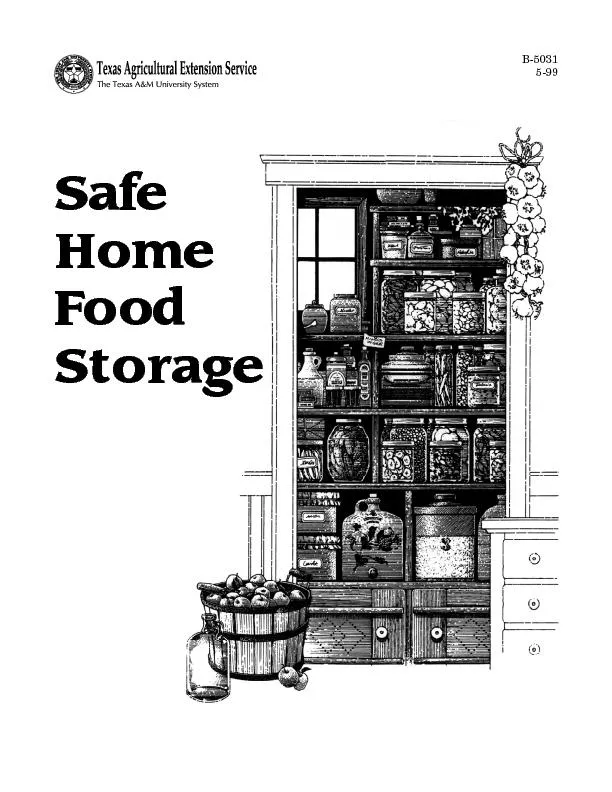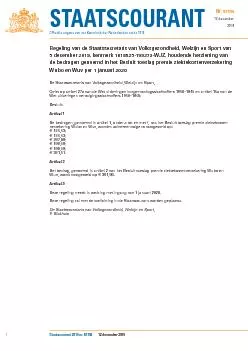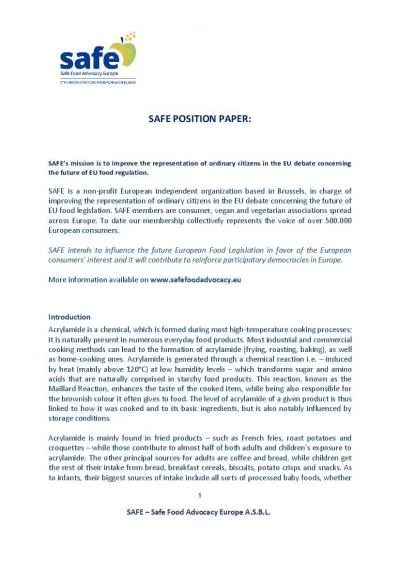PDF-Safe Home Food StoragePeggy Van LaanenAssociate Professor and Extensio
Author : kittie-lecroy | Published Date : 2016-07-20
599 SafeFood tures Always store the most perishable itemsincluding meats poultry fish eggs and dairyeratorDo not overload the refrigerator which canreduce the temperature
Presentation Embed Code
Download Presentation
Download Presentation The PPT/PDF document "Safe Home Food StoragePeggy Van LaanenAs..." is the property of its rightful owner. Permission is granted to download and print the materials on this website for personal, non-commercial use only, and to display it on your personal computer provided you do not modify the materials and that you retain all copyright notices contained in the materials. By downloading content from our website, you accept the terms of this agreement.
Safe Home Food StoragePeggy Van LaanenAssociate Professor and Extensio: Transcript
Download Rules Of Document
"Safe Home Food StoragePeggy Van LaanenAssociate Professor and Extensio"The content belongs to its owner. You may download and print it for personal use, without modification, and keep all copyright notices. By downloading, you agree to these terms.
Related Documents














